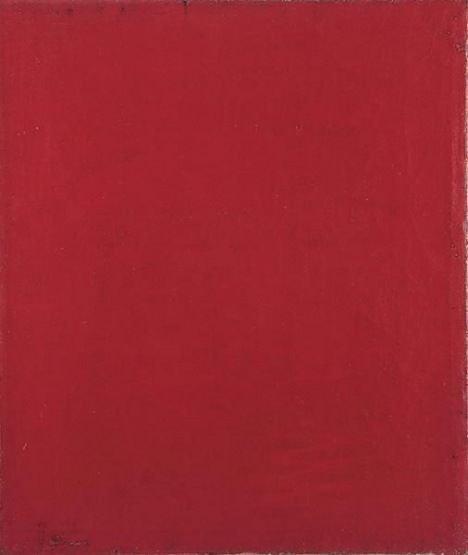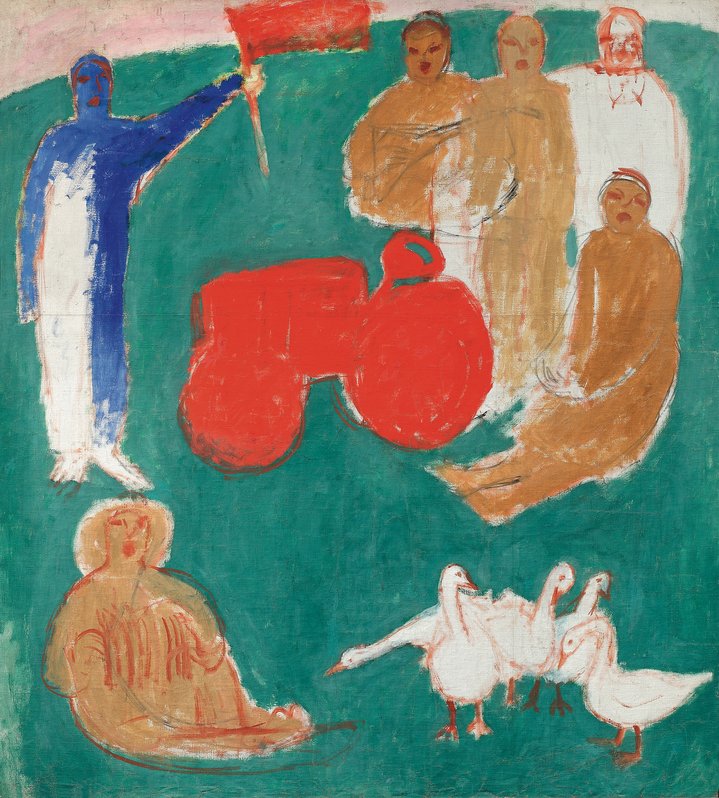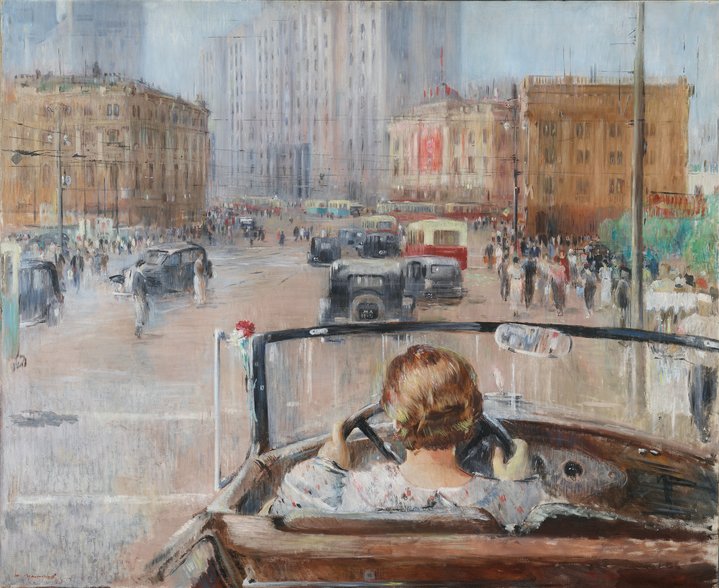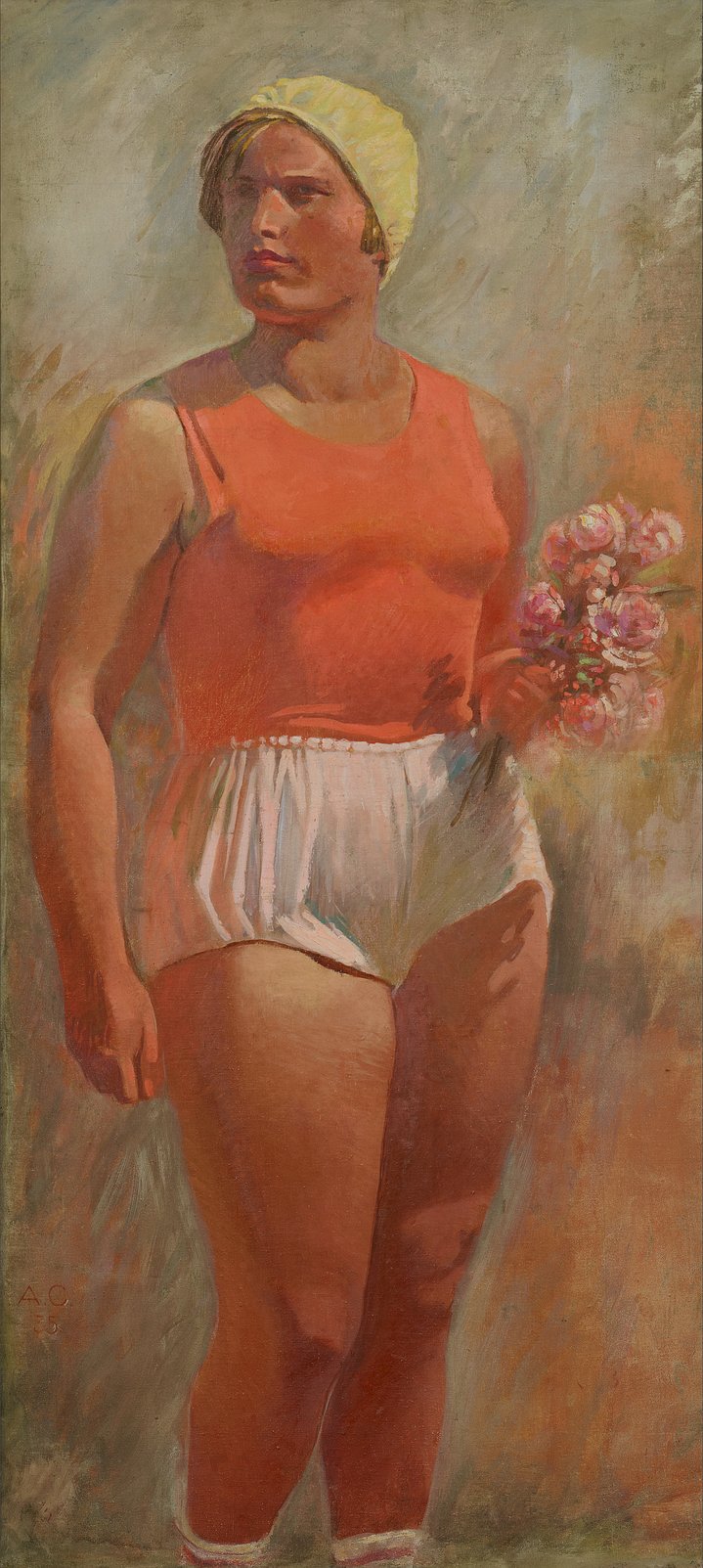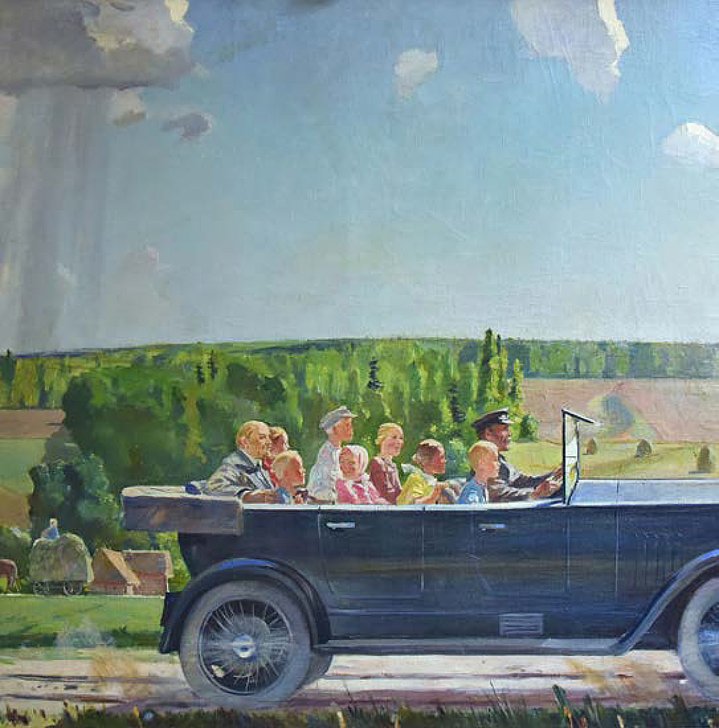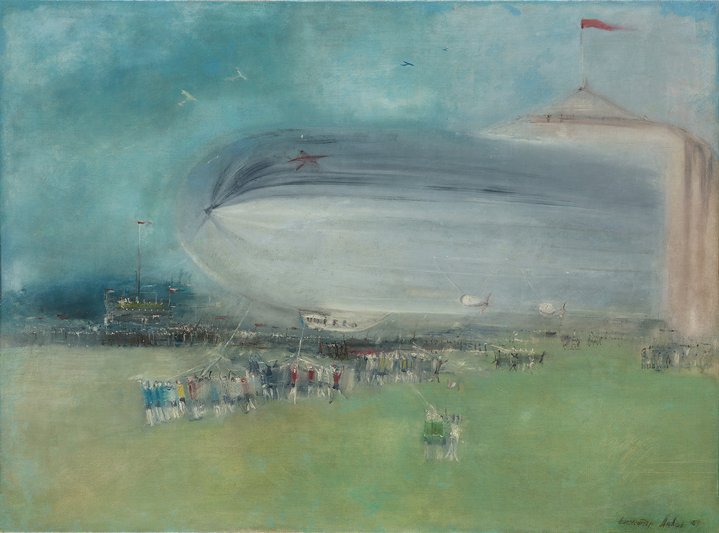Rouge: the clash of two reds in Paris
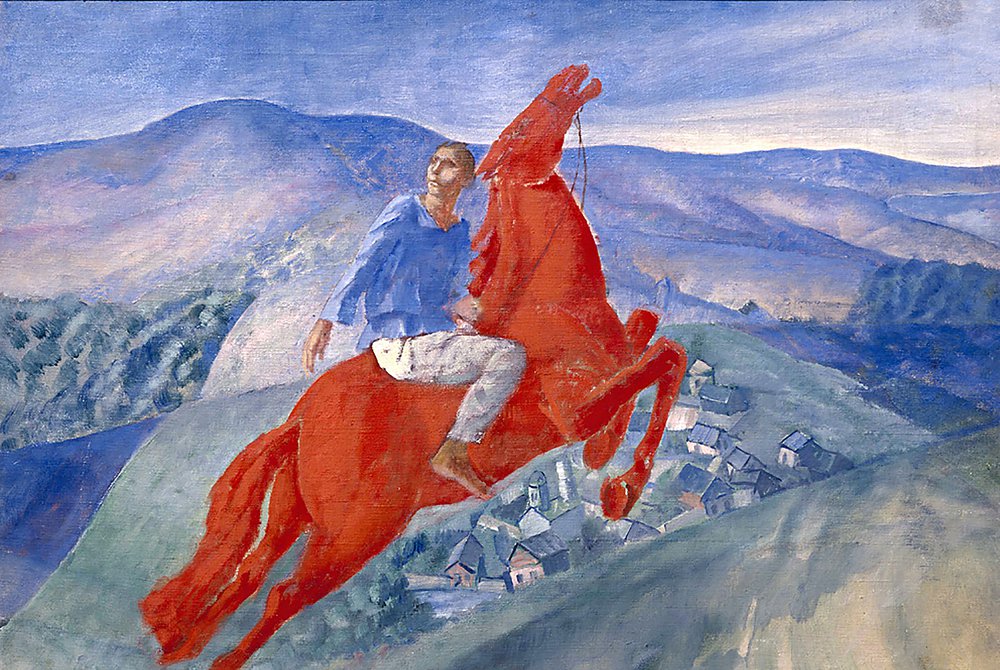
On 20 March, the French capital will see the opening of an intriguing exhibition that unites two diametrically opposed approaches to art’s role in the construction of communism following the 1917 Russian Revolution.
“Rouge” is an art exhibition that deals with the consequences of politics, but fans of the usual abstract masterpieces created by the Russian Avant-Garde in those early years should not expect to see their old favorites at the Grand Palais. Instead, this exhibit will turn the spotlight on different Russian artists.
One part will illustrate how the overthrow of the Russian monarchy inspired a utopian dream that lit a fire under one of the most radical artistic revolutions of modern times, when constructivist artists rejected old-fashioned or bourgeois forms of “fine art” in favor of art that was directly in touch with life, according to the show’s curator Nicolas Liucci-Goutnikov, the Pompidou Centre’s top Russia expert.
“It is important to remember that there was a moment in history, when, for better or worse, artists decided to go beyond their field and experiment new forms of art along with new forms of life, and therefore worked in theater, design, architecture or printing,” Liucci-Goutnikov told Russian Art Focus.
On show will be a scale model of the Monument to the Third International by renowned Suprematist Vladimir Tatlin (1885-1953), as well as well as one of the Soviet Pavilion at the 1937 Paris World Fair and the project for the Palace of the Soviets by the architect Boris Iofan (1891-1976), which was never built.
The other half will highlight the new Soviet state’s focus on a different utopia: the one that the Communist future was meant to deliver. That second dream was, on the contrary, to be illustrated using traditional media like painting or sculpture. And it is precisely that concept which would gradually evolve into “Socialist Realism.” The result, according to the show’s curator, mixes “formal innovation and ideological constraints.”
Socialist Realism, a throwback to the 19th century, is represented at the Paris show by such kitsch works as “Stalin, Molotov, Voroshilov at the bedside of a sick Gorky,” by Vasily Efanov, as well as “Stalin beside Zhdanov’s coffin” by another of the Kremlin’s regular court painters, Aleksandr Gerasimov (1881–1963).
The Avant-Garde, Russia’s artistic calling card of the 1920s, was allowed — rather, not officially banned — until the end of that decade, while Socialist Realism became an aesthetic doctrine that would eventually govern all areas of creativity in the Soviet empire.
The curator’s favourite example of that period in the show is “Pure Red” by Alexander Rodchenko (1891-1956). “It is an artwork which really shakes me, also for what (the Russian art theoretician) Nikolay Tarabukin (1989-1956) said about it. He called it 'the last word, after which painting must become silent, the last "picture" made by an artist,'” Liucci-Goutnikov recounted.
In the words of Rodchenko, an artist, sculptor, photographer and graphic designer all in one, he “reduced painting to its logical conclusion and exhibited 3 canvases: Red, Blue and Yellow. It’s all over.”
Rouge’s curator wants visitors to discover artists beyond the experimentalists of the Russian Avant-Garde, particularly Aleksandr Deineka (1899-1969) and other members of the OST group, who were opposed to abstract art and enthusiastically welcomed the innovations of the new Soviet reality, including industrialisation, the construction of new factories, physical exercise and new technologies.
They also include the St. Petersburg painter Aleksandr Samokhvalov (1894-1971), whose delicate paintings of young male and female members of the Komsomol, the new communist youth movement, undergoing military training will be on show in Paris as well.
In addition, Liucci-Goutnikov recommends the wooden models which the architect, urban planner, painter and teacher Ivan Leonidov (1902-1959) made for his projects during the 1930s. The show’s curator calls them “architectural altarpieces.”
Rouge. Art et utopie au pays des Soviets
Grand Palais, Galeries nationales
Paris, France
20 March – 1 July







